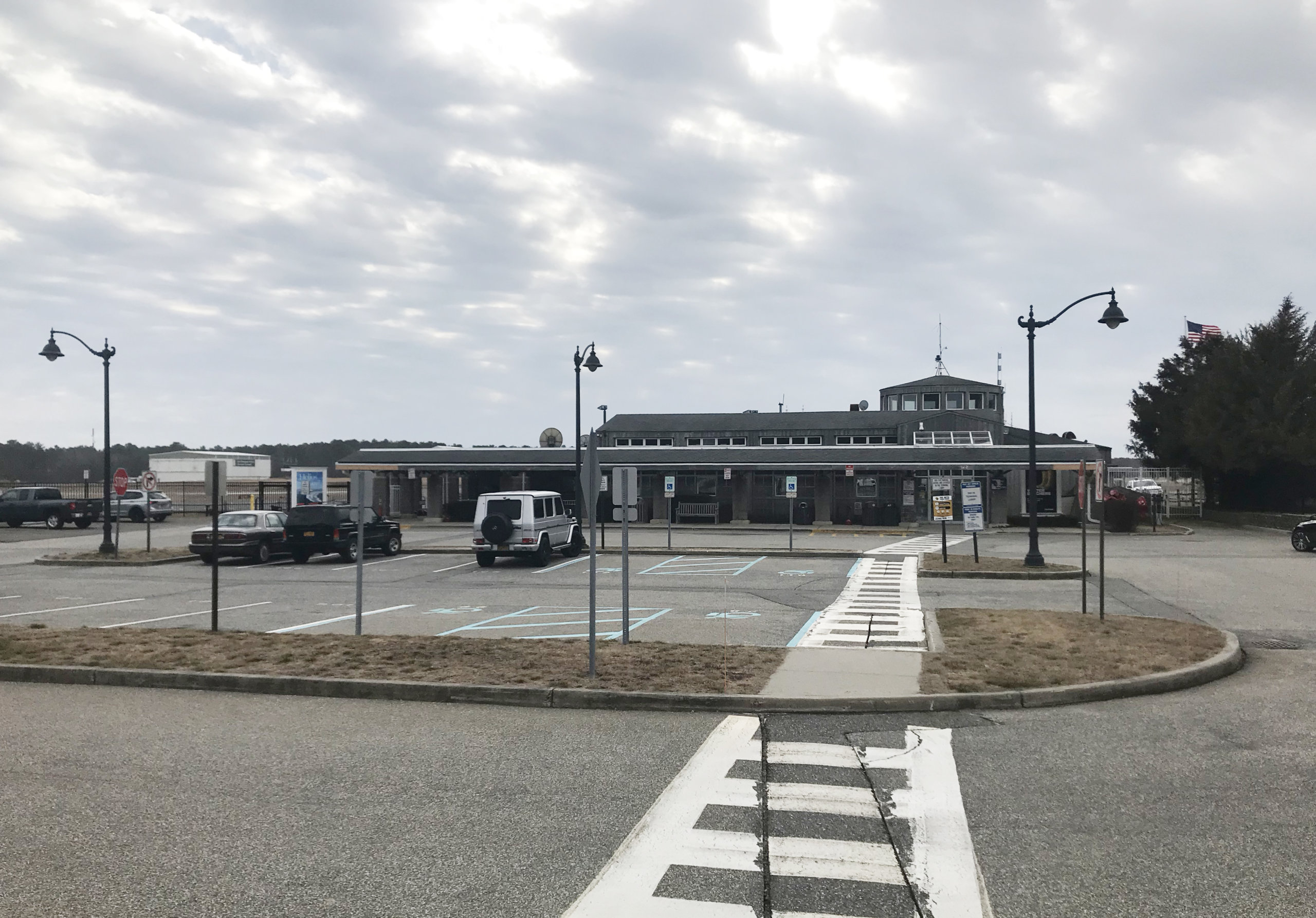OpEd: What's at Stake if We Close East Hampton Airport

Lately, it seems like everyone is talking about the fate of East Hampton Airport (HTO). The anti-airport activists are busy spreading misinformation about an environmental armageddon and around-the-clock noise. As the Town of East Hampton begins its re-envisioning process, it is important to understand the facts and what is at stake.
Almost 20 years ago, the East Hampton Airport accepted federal funds which, in turn, required the airport remain open until the end of September 2021. Like everything in the Hamptons, air traffic has increased over the years. In response to legitimate concerns about noise from aircraft serving East Hampton, the aviation community has worked with the Town of East Hampton and its residents to develop routes intended to limit the impact of noise; develop “Fly Neighborly” initiatives; and committed to a “Pilot Pledge.”
As Newsday reported, more than 40% of noise complaints come from just 10 households. A small but vocal minority cannot be permitted to dictate policy for thousands of people dependent upon HTO. The cooperation with all of the voluntary measures has been unprecedented, and demonstrates what is possible when well-meaning stakeholders work together for the shared interests of the community.
East Hampton Airport serves not only as a means to travel efficiently in and out of the Hamptons, it is a major economic driver and provider of emergency services. According to a leading Cambridge economist [in a report from Boston-based economic analysis firm EBP, commissioned by the East Hampton Community Alliance], the East Hampton Airport produces over $77 million annually to the local economy and creates over 800 local jobs.
HTO provides safe landing for countless medevac flights and flights providing critical transport to residents seeking life-saving treatments, like chemotherapy, in New York City. Just about two weeks ago as Long Island was preparing for Hurricane Henri, the East Hampton Airport served as a staging area for emergency vehicles and critical support. During this time of unprecedented economic and health uncertainty, it would be short-sighted to shutter the airport just to placate a small group of people. While most Americans on both sides of the aisle favor infrastructure spending, some in East Hampton are moving toward the horse and buggy by insisting on dismantling an irreplaceable asset.
We also need to assess the potential impact impact that the potential closure of the East Hampton Airport would have on surrounding communities like Montauk. Groups such as Montauk United are increasingly ringing the alarm bell over the fact that the majority of East Hampton flights would be diverted to Montauk. East Hampton simply cannot “solve” its problem by pushing flights to neighboring airports.
In fact, most flights that would continue to fly over East Hampton on their way to Montauk would no longer be bound by any voluntary commitments to Fly Neighborly. As these flights divert to surrounding airports and passengers take longer car rides to reach their final destinations, car traffic would also increase.
I call on Supervisor Van Scoyoc and members of the town board to listen to ALL members of the community. The overwhelming majority of East Hampton residents are looking for reasonable solutions to preserve HTO.
With the upcoming election, it would serve you well to show leadership as you navigate how to continue to provide reliable transportation options, economic opportunity and lifesaving medical services for our community. The voters are watching.



